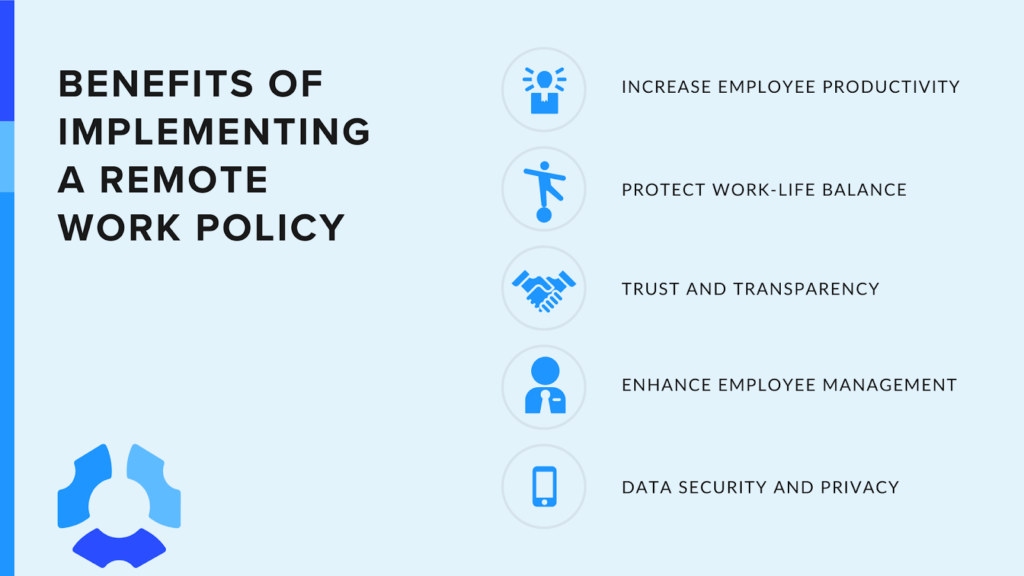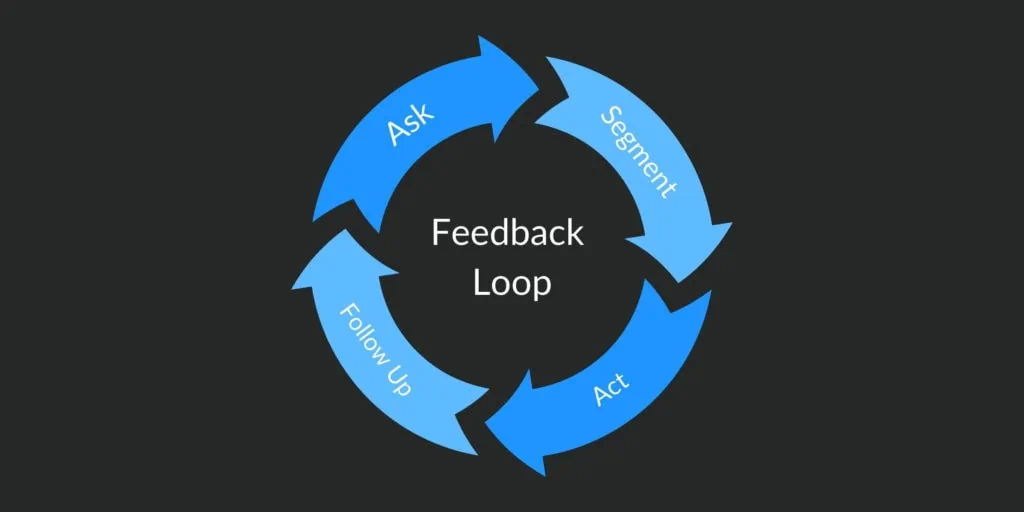Most, if not all, employers have found themselves in a situation where an employee is unexpectedly unable to work right before their shift. While these situations really aren’t anyone’s fault, you should still have a call-out policy in place.
With a call-out policy, you can focus on solutions rather than dwelling on the problem. A good policy also provides employees flexibility for unplanned situations and gives businesses enough time to adapt correctly.
Boost your team’s efficiency with Hubstaff's productivity tools
What is a call-out policy?
A call-out policy is a set of business guidelines that address incidents regarding employee absences, late shifts, or other instances when employees are unexpectedly unable to attend work.
Call-out policies are essential for several reasons:
- Promotes fairness: Call-out policies establish standard guidelines for all employees to comply with. This helps prevent a company culture of favoritism and toxic workplace dynamics.
- Encourages accountability: When an employee misses a scheduled shift, it means their colleagues may have to take on additional workloads. While these situations can’t be avoided, respecting the policy shows an employee is acknowledging they need their teammates’ help. Similarly, it also demonstrates their willingness to help if the situation is reversed.
- Prevents workflow roadblocks: Unexpected absences, even when they are completely valid, can disrupt workflows when the absent team member is supposed to work on a crucial task that particular day. A heads-up, even just an hour in advance, can allow the rest of the team to readjust their plans to avoid missing deadlines.
Reminder: The term “call-out” is often used interchangeably with “call-in” in the context of attendance policies.
Call-outs vs. no-shows
Call-outs and no-shows both involve an unplanned employee absence. The key difference between them is how the absence was communicated.
| Was the absence reported in advance? | Did the employee give notice? | Result | |
| Call-out | Yes | The absent employee informs the team before their shift starts. | The team can adjust schedules and workloads to make up for the missing teammate. |
| No-show | No | The absent employee does not communicate their absence before or during their shift. | The team may not be able to adapt to the handicap well, potentially scrambling to make up for the sudden loss in productivity. Deadlines may be significantly more risky. |
Key elements of an effective call-out policy
While there’s no such thing as a perfect call-out policy, businesses should strive to eliminate ambiguity as much as possible when developing one. Here are essential components you should include to maximize your policy’s effectiveness.
Clear definitions and expectations
Muddy definitions and unrealistic expectations are confusing for everyone. For instance, consider this sentence:
“Employees must report their absences before their shift starts.”
If their shift begins at 10:00 AM and they report their absence at 9:59, they’re technically following the attendance policy. However, one minute likely isn’t enough for the rest of the team to adapt, especially if there are tight deadlines or an intensive project coming up.
That said, expectations should be reasonable, too. In contrast to the previous example:
“Employees must report their absences at least eight hours before their shift starts.”
Following the 10:00 AM shift example, suppose an employee suddenly had an emergency at 7:00. Despite having a perfectly valid reason, the incident was flagged as a no-show because the employee didn’t report the incident five hours earlier (when they were probably asleep).
Instead of taking a swing with vague terminology:
- Use hard numbers: The concept of time is a universal language. Say “one hour in advance” or “30 minutes before the shift starts.” Avoid phrases like “in the morning time” or “before the team lead clocks in.” There’s a place for open interpretation, but this isn’t it.
- Keep schedules in mind: What constitutes an absence? Shifting schedules are easy to track, but flexible hours or asynchronous work are not. If you’re managing the latter, consider the employee’s typical working times when determining at which point their inactivity becomes a full absence.
Detailed procedures for reporting absences
Unfortunately, it isn’t uncommon for employees to voluntarily not report their absence.
On the other hand, not all absences are the fault of the employee — especially when a study by ADP found that 53% of large and 72% of mid-sized employers are still using manual absence management methods.
It’s always better to err on the side of caution. In other words, aim to make the employee call-in procedure as effortless as possible.
For starters, you should specify:
- Where absences should be reported: Define a specific communication channel in which employees can report absences. This can be a team-wide or managers-only group. You can also create a short online form for standardization purposes.
- Who to report to: Managers are often the contact people for unexpected absences because they have a bird’s-eye view of ongoing tasks — but what if they’re absent, too? Consider following a hierarchy — unplanned absences are to be reported to the employee’s immediate supervisor. If they are also unavailable, the absence should then be reported to the person at the higher level, and so on.
- Exceptions: Not every absence can be reported on time or through designated channels. Sometimes, an employee calling a colleague’s personal number may be the only means they had to reach out at the time. Exceptions should be included in a call-out policy for extreme situations like medical emergencies. Employee attendance should be the least of your concerns when someone’s health is at risk.
Fair consequences of policy violations
Defining consequences isn’t for intimidating employees. Instead, it’s to simply inform employees what will happen in the event of a no-show.
Consequences should be fair and in the context of the no-show. For example, asking an employee to work the hours their teammates used to complete urgent tasks assigned to them while they were outside of working hours is an outrageous disciplinary action.
A fair consequence is one that discourages employees from doing no-shows but doesn’t punish them to a disproportionate degree. When defining or determining consequences, consider questions like:
- Is this the first time this happened?
- Was there a medical or family emergency?
- Does the person have a history of poor attendance?
- Are there other factors making it difficult for this person to come to work?
Developing a call-out policy: Step-by-step guide
1. Assess your business needs
Every business is unique. Perhaps you are operating in a niche industry or practicing a hybrid working model. These types of factors should be considered when designing your policy — it isn’t just about whether employees clock in at 9:00 sharp.
For instance, a company in the healthcare industry may need tighter timelines and offer less scheduling flexibility because of the urgent nature of their business.
On the other hand, if you’re a remote team at a software provider with teams working asynchronously, a more lenient policy might work for you. Think about:
- The degree to which one employee’s unplanned absence can impact the rest of the team
- How equipped your team is to adapt to being short-staffed
- Skills coverage and redundancy
- The people best suited to managing employee absences

2. Drafting the policy
Most of the writing process is typically done by human resources teams since they have the experience and specialized knowledge required to understand the deepest nuances that make call-out policies effective.
That said, it’s important to be transparent with both top-level management and the bottom line when drafting your policy. Leadership expectations should be in line with employee limitations to ensure operational efficiency and accountability across all teams.
Legal counsel should also be involved in confirming compliance with labor laws while protecting employees.
3. Implement and communicate the policy
When implementing your policy, don’t expect things to be perfect. Don’t be surprised when you find holes in the policy — even if it happens early on.
Your first order of business should be communicating the call-out policy to every person in the company. After all, the success of the policy will hinge on communication, so it’s only fair that you initiate the conversation and be open to any and all questions and feedback your team might have.
Over time, you may notice flaws in your policy. This is fine. Part of being a good leader is acknowledging things won’t always go according to plan. Work with your team to address issues as you encounter them, and always keep your employees’ best interests in mind.
Examples of call-out policies
Generally speaking, a call-out policy will contain the following:
- A straightforward step-by-step call-out process
- Deadline for the absence notification
- Authorized reporting methods or communication channels
- Designated person(s) to report to
- Document requirements for specific scenarios (e.g., a doctor’s note for a medical appointment)
- Exceptions
Here’s an example of a basic template:
Call-Out Policy for [team] at [company]
Purpose: This call-out policy defines the reporting procedure for unscheduled absences to ensure employee accountability and uninterrupted business activities.
Guidelines:
- Employees must report an absence to their direct supervisor or manager [minimum time] before the start of their shift.
- Employees must report through the following communication channels: [specific channel or group in a tool or platform]. For emergency situations, employees may report outside of approved communication platforms.
- Employees must report the reason and the expected duration of the absence.
- Employees may be required to submit documentation for particular types of absences for verification purposes.
- Non-compliance with the policy will result in the following consequences:
- First violation: Employee receives a written warning. The absence is treated as an unpaid leave.
- Second violation: The employee is suspended for [X amount of time] without pay.
- Third violation: Employee contract is terminated.
- Depending on specific circumstances (i.e., the employee is deemed unfit to work by medical
professionals), employees may be exempt from Guideline #5 provided they submit supporting documents.
Acknowledgement:
[signature]
I, [employee name], acknowledge that I have read, understood, and agree to the terms outlined in this policy on [date].
Legal considerations in call-out policies
Legal compliance is non-negotiable in any call-out policy or employee handbook. Failing to comply with labor laws and regulations can negatively impact employee experience and lead to significant financial losses.
For starters, your policy should account for:
- Family and Medical Leave Act (FMLA)
- Americans with Disabilities Act (ADA)
- State and federal labor laws covering employee tardiness and absences
Depending on your location, you may also have additional specific local regulations to comply with. Consult with legal experts as you’re building your call-out policy to ensure you’ve covered all your bases.
Technology and call-out policies
Technology plays a crucial role in maximizing your call-out policy’s effectiveness. Here are some examples of software tools that simplify the process for both employees and employers:
- Communication tools: Modern communication tools streamline the employee call-in process by allowing them to easily reach designated managers in organized channels or group chats.
- Knowledge bases: Everyone in the company should have access to the policy should they want to review call-in procedures, disciplinary measures, and other key components. This helps ensure everyone is always on the same page.
- Workforce management tools: Tools like Hubstaff make employee attendance tracking, shift scheduling, and leave tracking seamless.
- Project management tools: Teams can easily reassign people to tasks and move projects around to minimize roadblocks from unexpected absences.
Best practices for managing employee call-outs
Ultimately, a call-out policy is just a tool. Any policy’s effectiveness relies heavily on those using it. Here are some tips to ensure it works as planned:
Train managers and staff
For the most part, it’s the supervisors and managers who will take the brunt of the work when you implement your call-out policy. Make sure they’re aptly trained in processing absence reports, documenting incidents, and communicating relevant information to employees.
You can’t prepare your staff for every scenario, but you can help them build a solid foundation that will enable them to adapt to situations accordingly.
Maintain fairness and consistency
Favoritism contributes to a toxic workplace culture, which doesn’t do anyone any favors. Leave no room for this behavior when executing your policy.
Managers should treat everyone equally — even if it means passing down disciplinary actions to team members they’re close with.

Listen to feedback
Not listening to employees without the word “manager” in their job title is one of the biggest mistakes you can make.
Sometimes, employees will find flaws in your call-out policy. That’s okay. Use the feedback to improve the policy and keep an open mind.
Since your bottom line will likely be the one most affected by the policy, no one else in the company is more capable of discerning whether the policy is working or not.
Conclusion
While call-out policies are crucial to keep your business running smoothly, they have employee benefits, too.
The existence of a call-out policy lets employees know that they can take time away from work if they absolutely need to. It’s also important to note that having teammates they can rely on (and teammates that can rely on them) contributes to better camaraderie. In fact, a Harvard Business Review study found that employee trust reduced burnout by up to 40%.
A call-out policy’s success won’t depend on how hard you enforce it on your team. Make employee call-in procedures effortless, and things will fall into place.
Most popular
The Fundamentals of Employee Goal Setting
Employee goal setting is crucial for reaching broader business goals, but a lot of us struggle to know where to start. American...
Data-Driven Productivity with Hubstaff Insights: Webinar Recap
In our recent webinar, the product team provided a deep overview of the Hubstaff Insights add-on, a powerful productivity measurem...
The Critical Role of Employee Monitoring and Workplace Security
Why do we need employee monitoring and workplace security? Companies had to adapt fast when the world shifted to remote work...
15 Ways to Use AI in the Workforce
Whether through AI-powered project management, strategic planning, or simply automating simple admin work, we’ve seen a dramatic...




